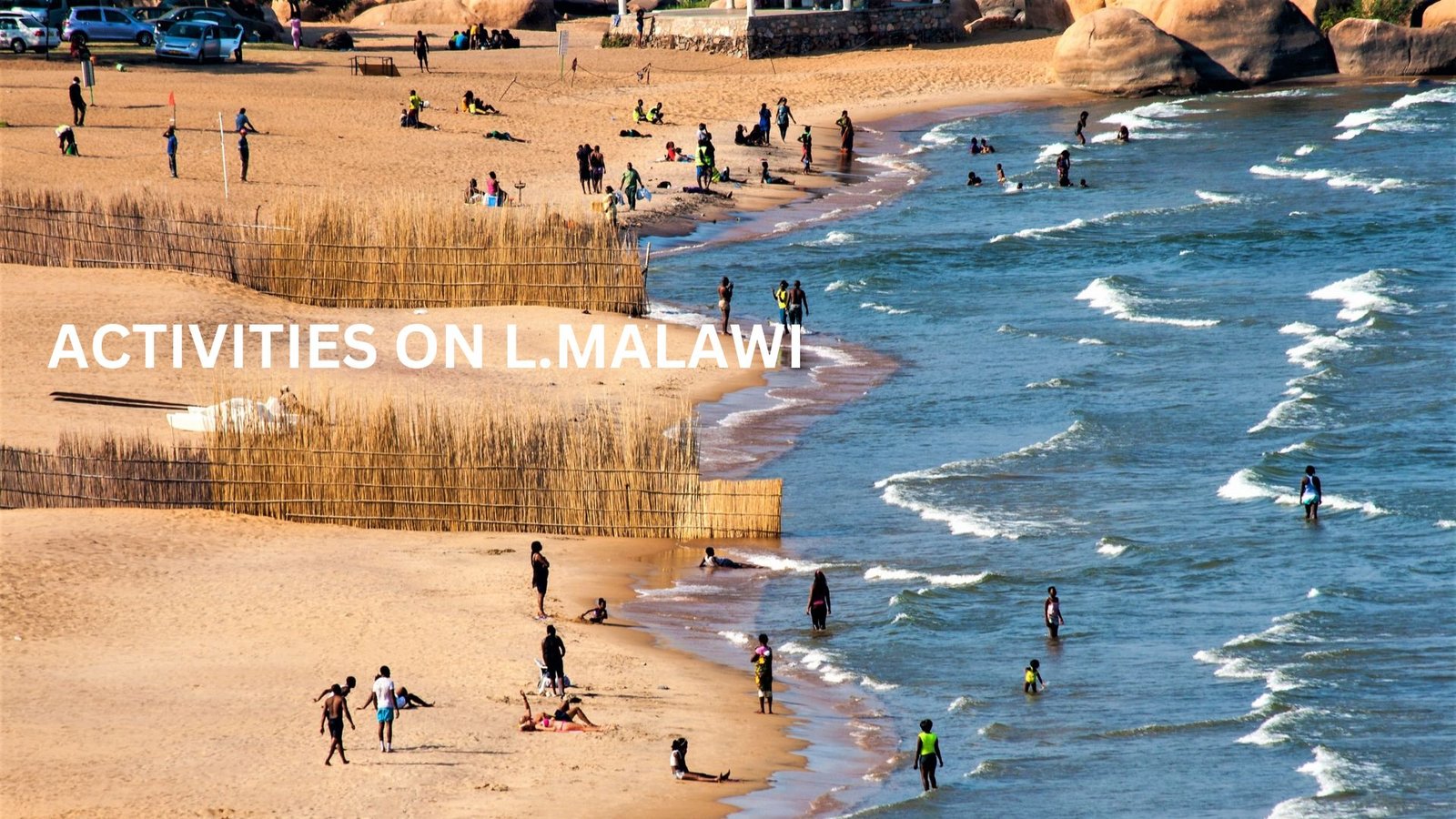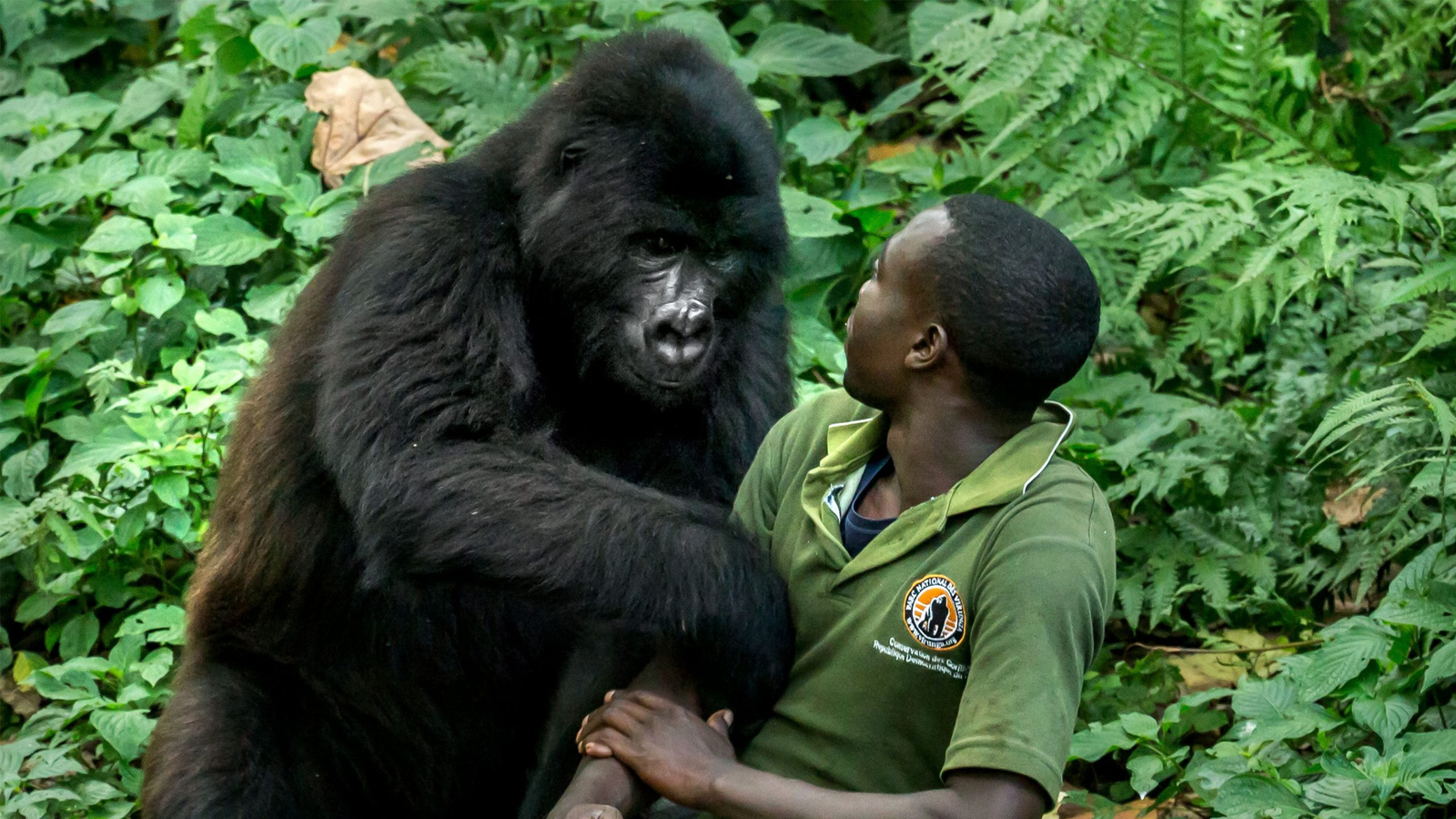
Gorilla Trekking: Adventure Travel in Bwindi National Park
Gorilla trekking is a once-in-a-lifetime experience and one of the most sought-after adventure activities in Bwindi Impenetrable National Park and other gorilla habitats in Africa. Here’s what you need to know about gorilla trekking:- Gorilla Permits: Before embarking on a gorilla trek, you must obtain a gorilla trekking permit. These permits are issued by the Uganda Wildlife Authority (UWA) or relevant authorities in other countries where gorilla trekking takes place. Due to the limited number of permits available each day to protect the gorillas and their habitat, it’s advisable to book your permit well in advance, sometimes several months ahead.
- Group Size and Trekking Parties: Gorilla trekking groups are typically limited to a small number of visitors to minimize disturbance to the gorillas and their environment. Each group is accompanied by trained guides and trackers who are familiar with the gorilla families’ movements and behaviors.
- Physical Fitness: Gorilla trekking involves hiking through dense and sometimes steep terrain. The trek can last from one to several hours, depending on the location of the gorilla group you are visiting. While the exact difficulty level varies, it’s essential to be in reasonably good physical condition to enjoy the experience fully.
- Meeting the Gorillas: Once your trekking party finds a gorilla family, you will spend a designated amount of time (usually one hour) observing and photographing them from a safe distance. This one-hour encounter is to minimize stress on the gorillas and reduce the risk of transmitting diseases between humans and gorillas.
- Rules and Regulations: During the trek and while in the presence of the gorillas, you must adhere to strict rules and guidelines set by the park authorities. These include maintaining a minimum distance from the gorillas, not using flash photography, not eating or drinking in their presence, and following the instructions of your guides.
- Wildlife Viewing: While gorillas are the primary attraction, Bwindi National Park is home to other wildlife species, including monkeys, various bird species, and small mammals. You may have the opportunity to encounter some of these during your trek.
- Responsible Tourism: Gorilla trekking is a conservation-oriented activity, and the fees generated from permits contribute to the protection of gorillas and their habitat. It’s essential to practice responsible tourism, such as not littering and respecting the natural environment and local communities.
Nature Walks and Hiking:
Bwindi’s forested landscape offers excellent opportunities for nature walks and hiking. There are various trails that cater to different fitness levels, from easy walks to more challenging hikes. These hikes allow you to explore the park’s diverse flora and fauna, spot other wildlife species, and enjoy breathtaking views of the surrounding scenery.Bird Watching:
Bwindi is a paradise for birdwatchers, with over 350 bird species, including 23 Albertine Rift endemics. Birding walks in the forest allow you to spot unique and colorful birds, making it a rewarding experience for avid bird enthusiasts.Community Visits:
Interacting with the local communities surrounding Bwindi National Park provides insights into their traditional lifestyle, culture, and customs. Some tours offer visits to local villages, craft centres, and opportunities to engage with community projects that support conservation efforts.Batwa Cultural Experience:
The Batwa Cultural Experience is a unique opportunity to learn about the indigenous Batwa people of Bwindi Impenetrable National Park and the surrounding areas in southwestern Uganda. The Batwa, also known as “the forest people” or “pygmies,” were the original inhabitants of the ancient rainforests of this region. Over the years, as conservation efforts and national park establishment displaced them from their traditional lands, the Batwa faced challenges in adapting to modern society. The cultural experience aims to provide visitors with insights into the traditional lifestyle, culture, and customs of the Batwa community. Here are some aspects of the Batwa Cultural Experience:- Guided Tours: The experience usually involves guided tours led by Batwa community members or knowledgeable guides who share their stories, traditions, and history. They often demonstrate traditional practices and rituals that were once central to their way of life.
- Hunting and Gathering Techniques: The Batwa were skilled hunter-gatherers, relying on the forest for their sustenance. During the cultural experience, visitors may witness demonstrations of traditional hunting methods and learn about medicinal plants and herbs used for healing.
- Traditional Music and Dance: Music and dance were an essential part of Batwa culture. Visitors might have the chance to witness vibrant dance performances and hear traditional songs that reflect their connection with the forest and ancestral spirits.
- Crafts and Artifacts: The Batwa were known for their craftsmanship. The experience might include demonstrations of making traditional crafts, such as woven baskets, bows and arrows, and pottery. Visitors might also have the opportunity to purchase handmade souvenirs.
- Stories and Legends: The Batwa have a rich oral tradition, passing down stories and legends through generations. The cultural experience may involve storytelling sessions that share the Batwa’s beliefs, myths, and history.
- Community Interaction: Some tours might allow visitors to interact with the Batwa community members, giving a chance to learn about their present-day challenges and efforts to preserve their cultural heritage.



